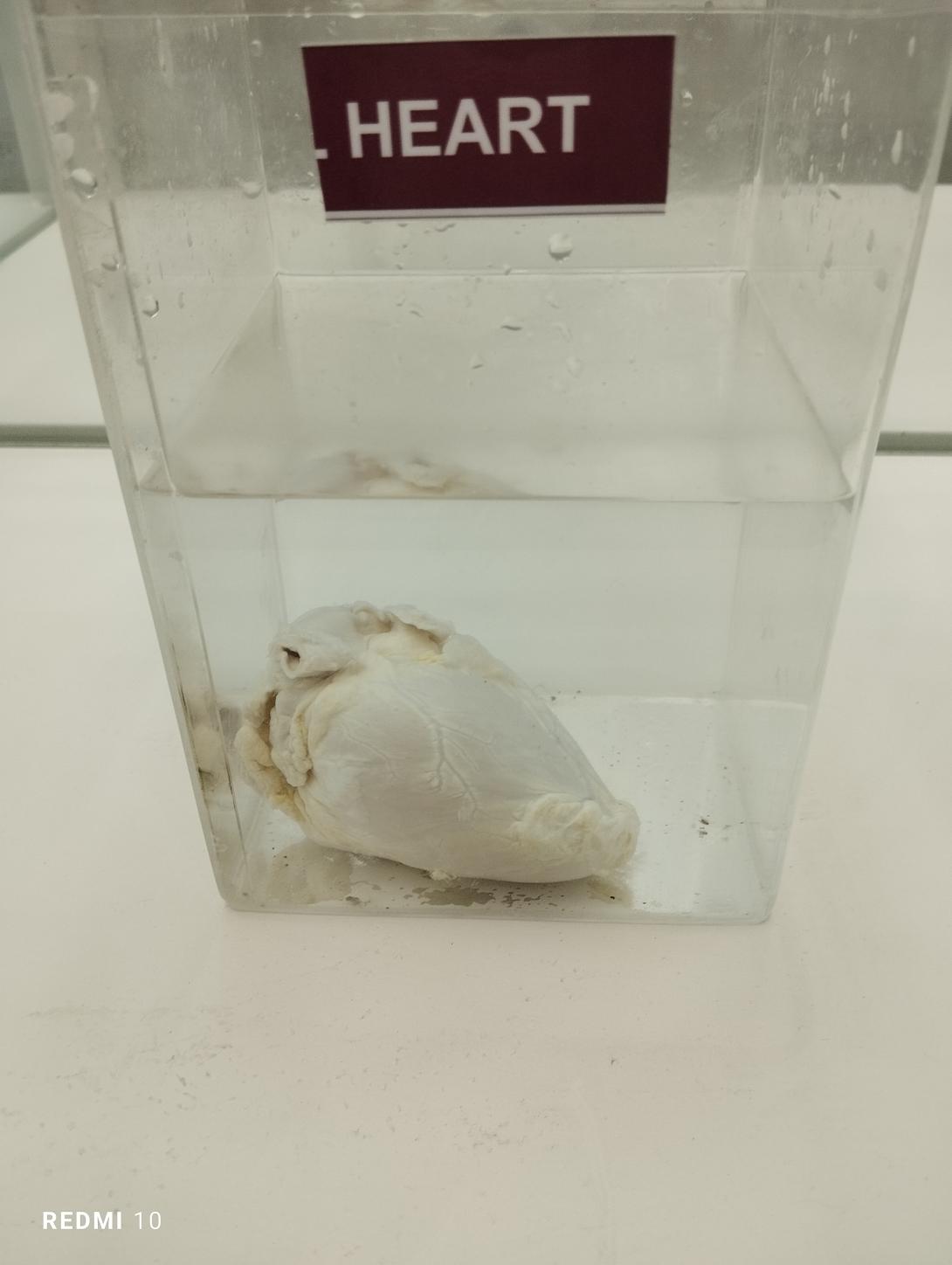The fetal heart is the organ responsible for pumping blood through the developing body of a fetus. The gross anatomy of the fetal heart includes the following features:
- Size: The size of the fetal heart is proportional to the size of the fetus. At full term, the heart is about the size of a small walnut.
- Location: The fetal heart is located in the chest, slightly to the left of the midline. It is situated behind the sternum and between the lungs.
- Chambers: The fetal heart has four chambers, including two atria and two ventricles. The right atrium receives oxygen-poor blood from the body and pumps it to the right ventricle. The right ventricle pumps the blood to the lungs for oxygenation. The left atrium receives oxygen-rich blood from the lungs and pumps it to the left ventricle. The left ventricle pumps the blood to the rest of the body.
- Blood vessels: The fetal heart is connected to the placenta by two umbilical arteries and one umbilical vein. The umbilical arteries carry oxygen-poor blood from the fetus to the placenta, while the umbilical vein carries oxygen-rich blood from the placenta to the fetus.
- Valves: The fetal heart has four valves that regulate blood flow between the chambers and blood vessels. These include the tricuspid valve, pulmonary valve, mitral valve, and aortic valve.
- Conduction system: The fetal heart has a specialized conduction system that controls the heartbeat. This includes the sinoatrial (SA) node, atrioventricular (AV) node, and bundle of His.
Rack Number
Specimen Number
52
Specimen QR Code

